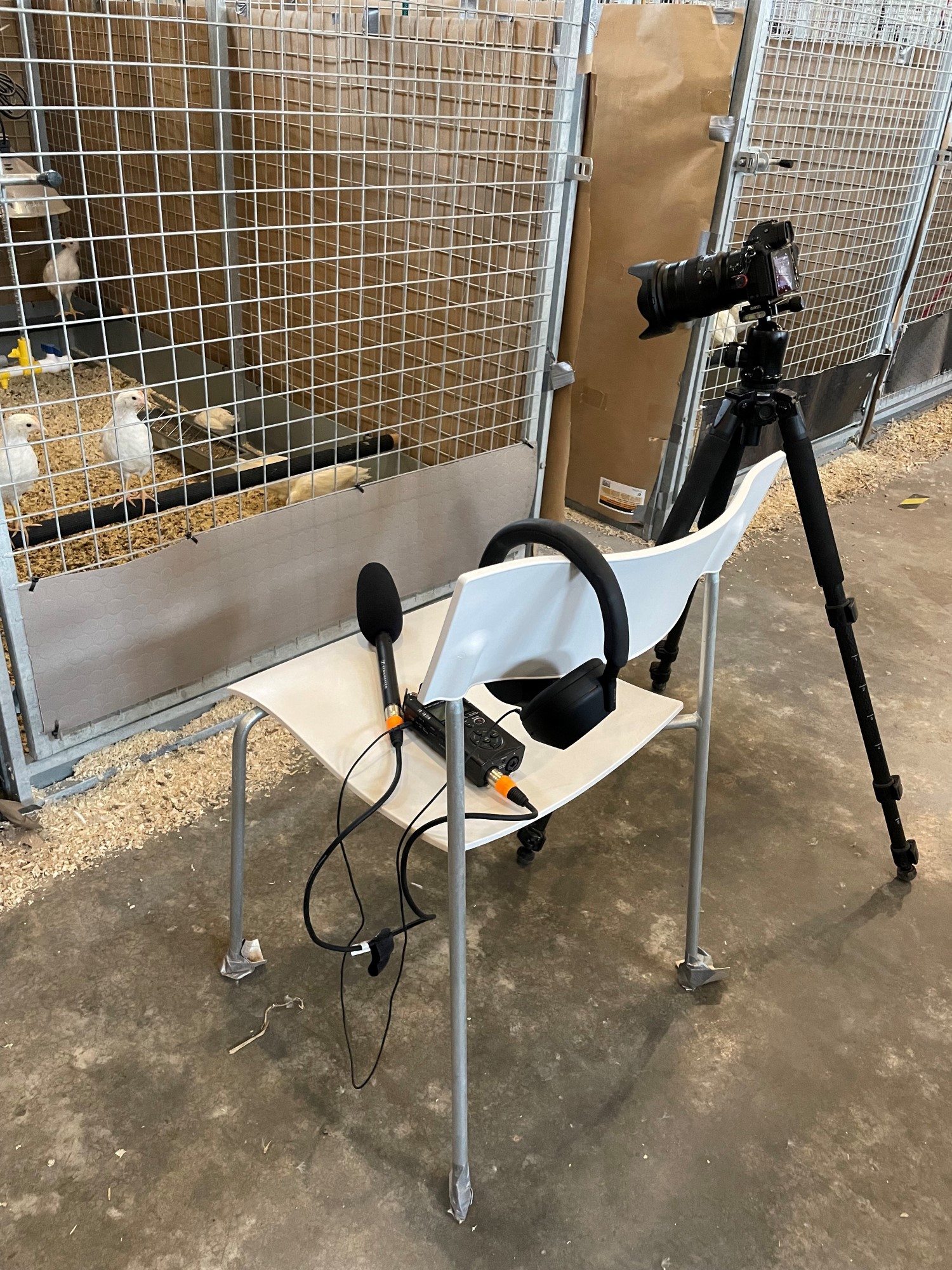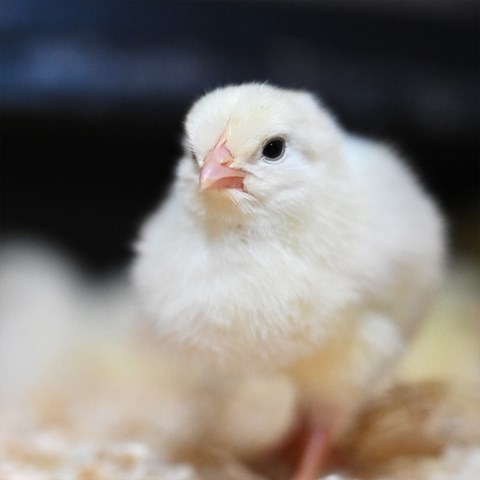Can we improve the rearing environment of laying hens chicks, so that they are better prepared for their future life as laying hens? In this research project, we investigate if a rearing environment that offers functional areas providing both security and stimulating experiences improves their welfare. Our hypothesis is that there is a connection between a sense of security and positive animal welfare, where security creates resilient individuals who have a better quality of life.
The aim of this project is to find a sustainable way of keeping laying hen chicks that promote their welfare and better prepares them for the laying period, and that is also viable under commercial conditions. The project applies existing theories of a 'safe base' and adaptive developmental plasticity. The young chicks are allowed to grow up in an environment that offers stimulating experiences but at the same time offers a secure place (a safe base). By giving the chicks the choice to move between a safe zone (dimly lit resting place with shelter) and a stimulation zone (brighter activity area with different bedding materials), exploratory behavior and exposure to stimulating challenges are encouraged.
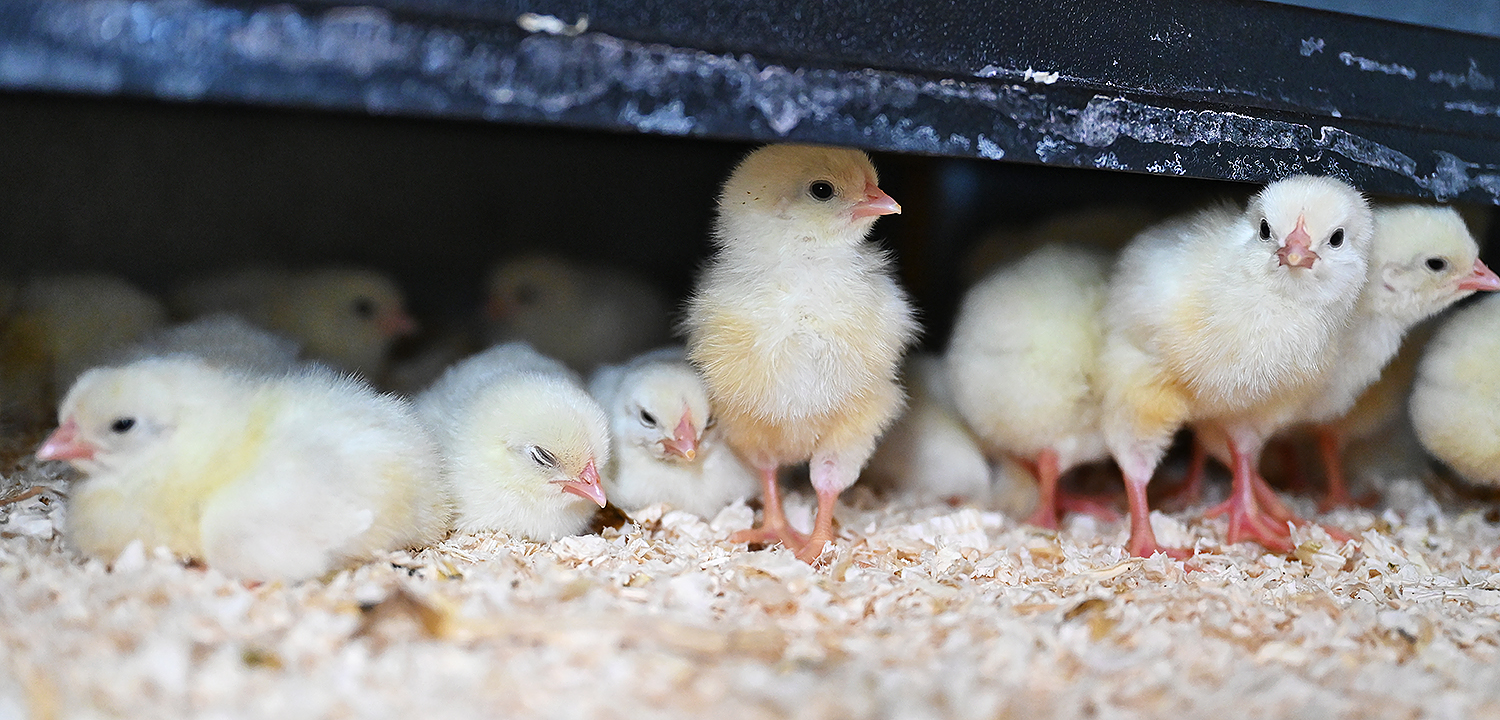
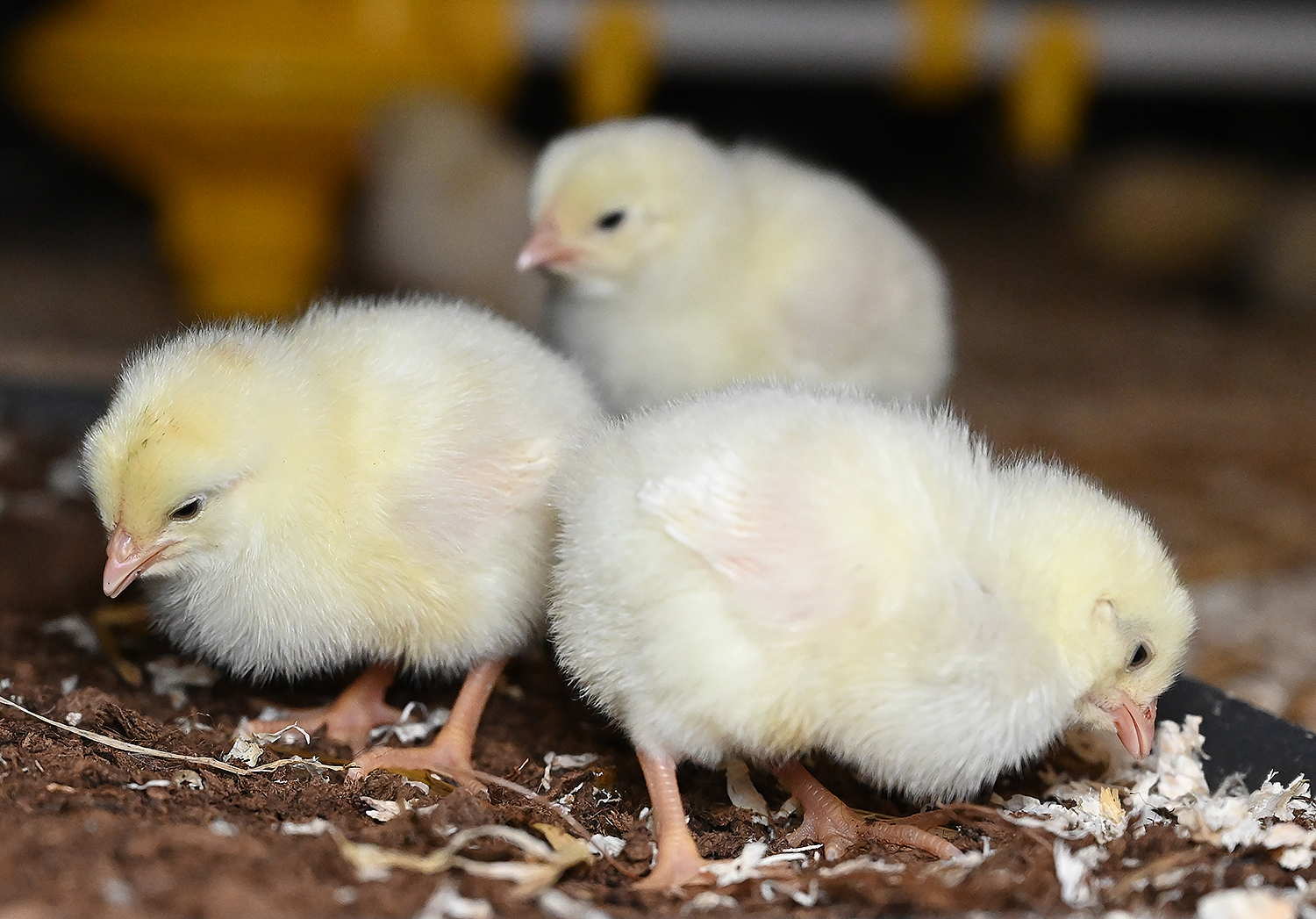
Our hypothesis is that birds that are allowed to move between different functional areas will spend more time on activities that favor growth, learning and well-being, which also promotes positive welfare. These birds are also likely to be more resilient, have better immune systems and a greater willingness to explore new environments and use important resources. The project includes controlled experiments as well as commercial application, where we predict that the effects of early experiences in the chicks' lives will influence behavior, physiology and welfare even in adulthood. We will combine observations in the birds' home environment with behavioural tests, which gives us the opportunity to evaluate the effects of implementing functional areas.
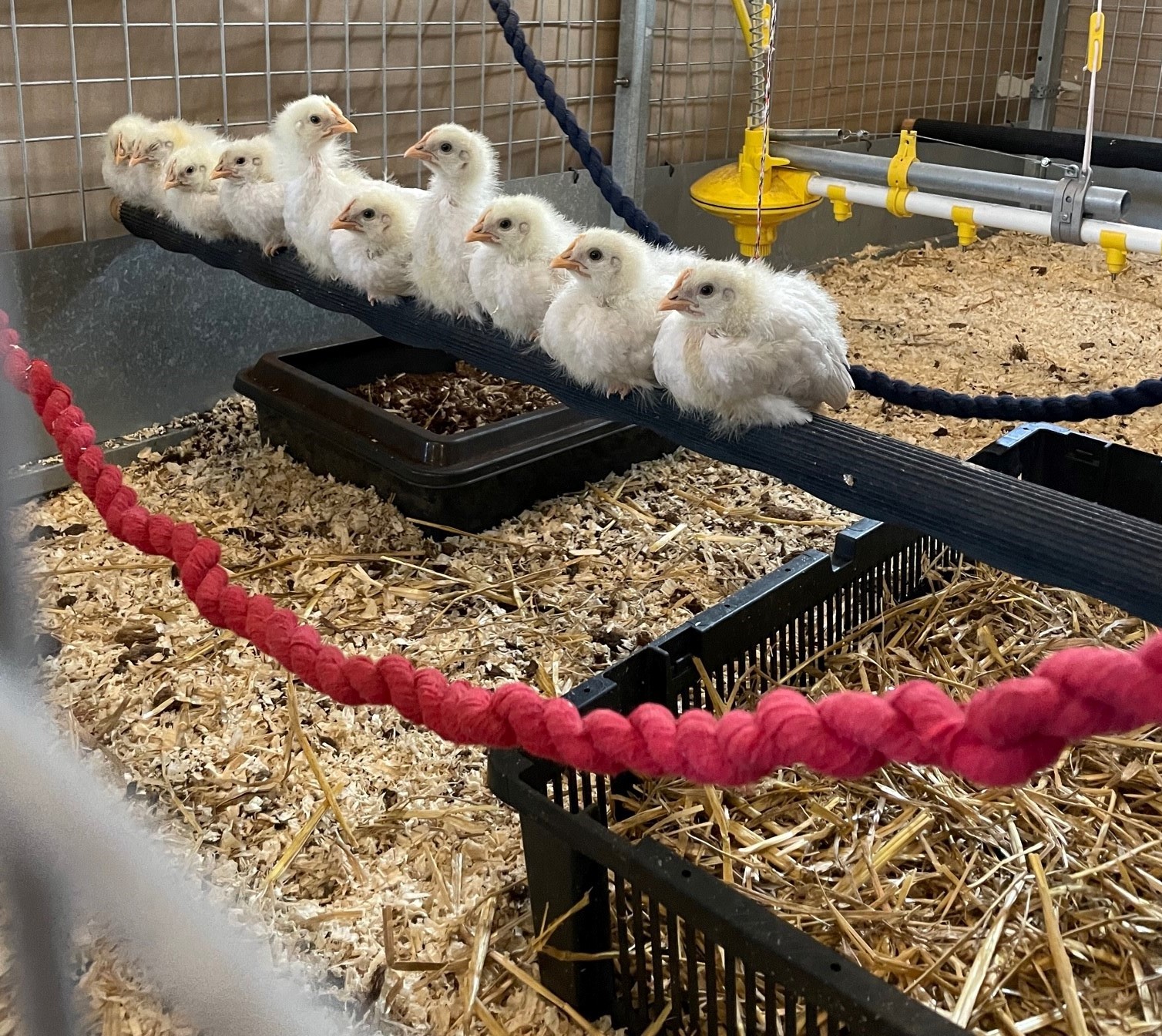
In order to identify which welfare indicators could be included in a future welfare assessment program, several welfare indicators will also be examined. The aim is to identify the indicators that best measure positive welfare and that can be used under commercial conditions. For that reason, the project will have both an experimental and an applied part.
